The Best Blow Dryer (2)
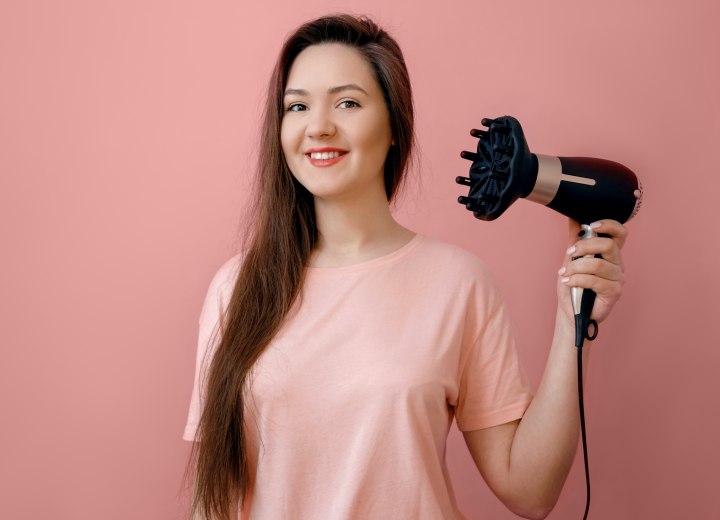
Feature: Ceramics and Composites
One issue with traditional hair dryers' heating elements is that the level of heat generated could increase when the hair was exposed to a consistent stream of air flow for an extended period of time. This means that you could actually damage the hair by trying to create bends and shape the hair as part of the drying process, since the heating elements generate heat unevenly.
With the ceramic and composite heating elements, the heat generated is more diffuse and evenly distributed. The heat is gentle, but still sufficient to style the hair as desired and do it safely. These features are great for everyone and are especially beneficial for those with fine hair and chemically damaged hair, since these individuals must be extra careful of potential damage.
As we discussed above, a "cool shot" button on a hair dryer is a wonderful thing. By allowing the user to interrupt the heat and cool a section of hair, you can impart shine and set a bend or shape in the hair as desired.
This can allow you to create areas of lift at the scalp or hairline, as well as turn under the ends of the hair for a neatly finished bob. You can also turn out the ends of a layered style for the feathery, textured look popular in many cuts.
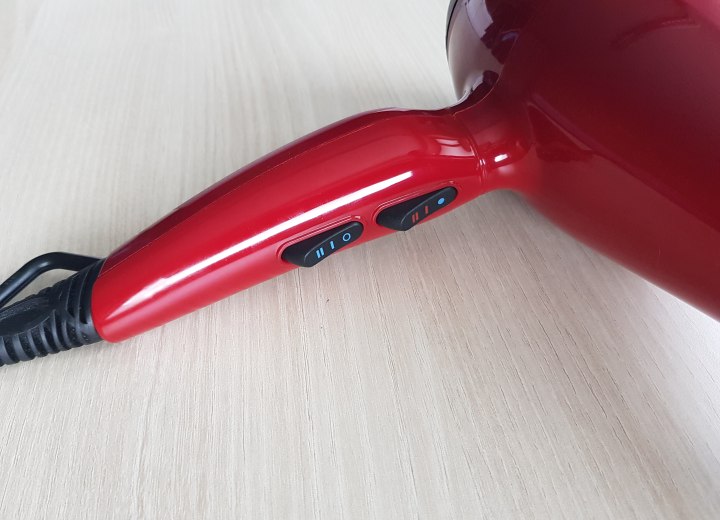
Feature: Adjustable Controls
It may seem to be common sense, but there are a surprising number of hair dryer models that don’t really offer much in the way of adjustable settings on their controls. They may have a high-low switch for airflow and temperature, but that may be it for variable settings.
Whenever possible, look for a model that offers you as many variations in control settings as possible. A hair dryer that lets you adjust the heat and airflow settings beyond a basic two-stage configuration will offer you better control over the results you get. You can reduce the heat as your hair gets drier, or decrease the airflow and increase the heat in order to set wave and shape to the hair and create the style you want.
Attachments: Diffusers
The diffuser attachment for your hair dryer is that odd spaceship-shaped device that snaps onto the end of your hair dryer’s air nozzle. Its purpose is to break up the force of the airflow from the dryer and allow you to dry curly and naturally wavy hair without a strong stream of air that would pull the curl out.
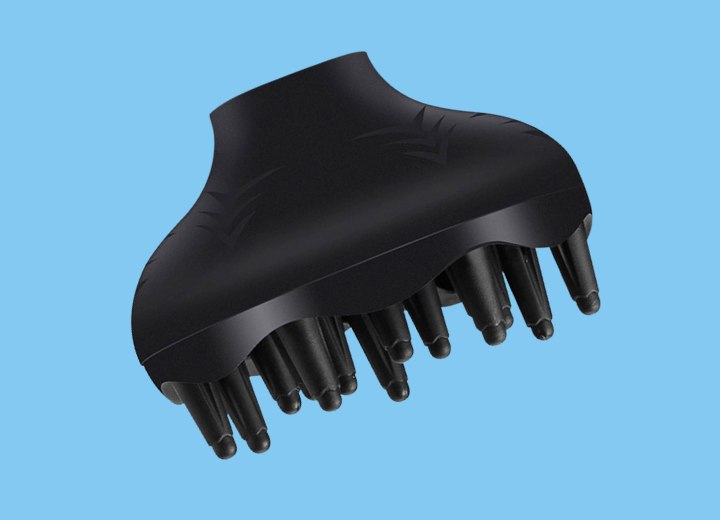
Obviously, diffusers are great for dealing with curly hair, but they are also a good tool for styling permed and chemically damaged hair. By breaking up the airflow, you are more likely to help protect the hair while you treat the damaged portions and avoid stressing the fragile hair ends.
Attachments: Concentrators
The concentrator nozzle of the hair dryer is possibly the least understood attachment, particularly since there are often two variants of the concentrator – one that has tines like a comb and one that is smooth-edged. The concentrator's purpose is to intensify the airflow while styling the hair straight. It makes the source point of the airflow smaller, which allows for better control of the direction of the airflow as you dry the hair and draw out the wave and curl.
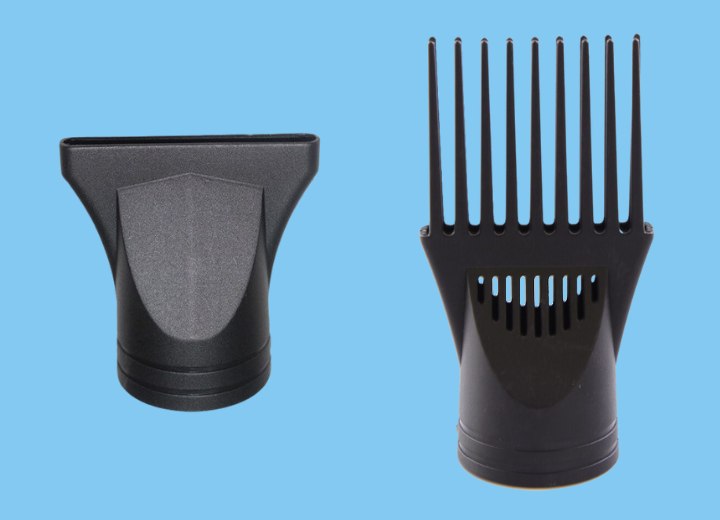
Since proper blow-dry straightening is a balancing act of tension, temperature, and time, being able to keep the flow of air under control can be a major help. The concentrator with the tines is generally meant as a help for thicker or coarser hair so that you can direct the airflow onto the hair and maintain an even tension on the hair during the initial stages of the drying/styling process.
Alternatives: Hooded and Bonnet Dryers
While these aren't really "blow dryers" as we've come to know them, these hair dryer predecessors have their uses and can be a valuable addition to any home styling ensemble. While they don't offer the speed and convenience of handheld dryers, they do allow you to set much stronger and longer-lasting style elements.
The difference between a hooded and bonnet hair dryer is simply the materials that are used to make the portion that covers your head. A hooded dryer has a dome-shaped hood with air holes throughout the interior that direct a diffused flow of air inward to the hair which is usually wrapped around styling tools (namely rollers). The bonnet dryer functions the same way, but is usually made of flexible plastic that uses an elastic seal around the perimeter to keep the airflow in and help the system work better.
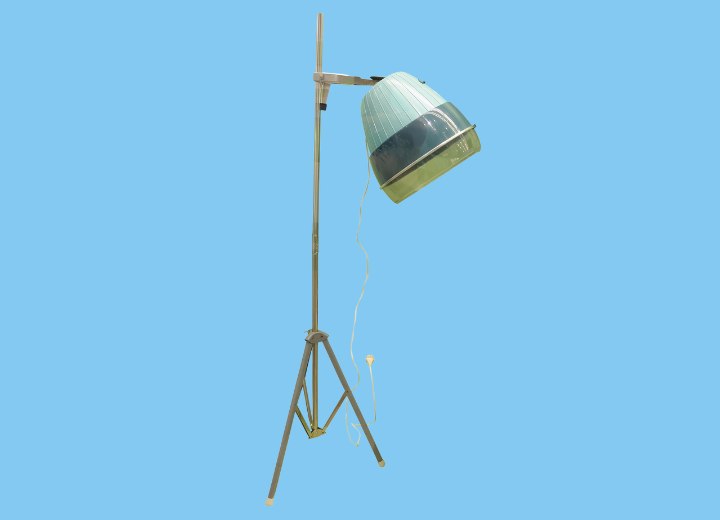
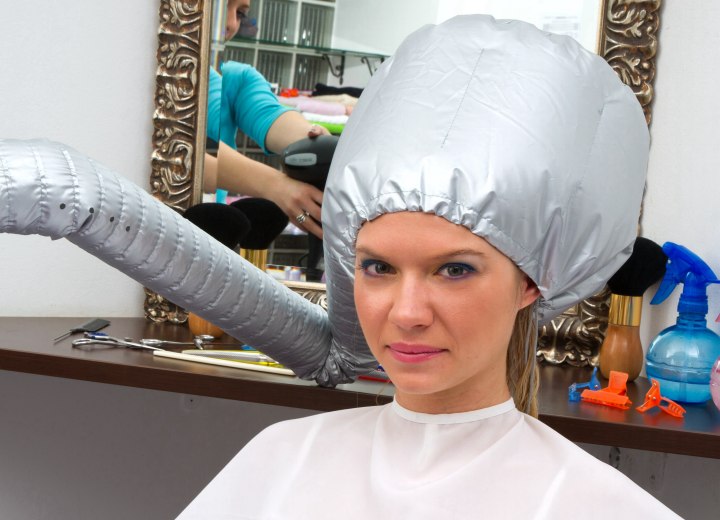
The hooded/bonnet dryer and the use of roller sets is also a great way for women dealing with damaged hair to get a flattering look without excessive styling stresses. Most all hooded and bonnet dryers have adjustable temperature settings, including exclusively cool settings. This means that a woman with damaged hair could set her hair with rollers and dry it without heat and get a look she can be happy with without further damaging her hair.
The hooded/bonnet dryer is also a great tool for performing deep conditioning and hot oil therapy treatments on the scalp and hair.
©Hairfinder.com